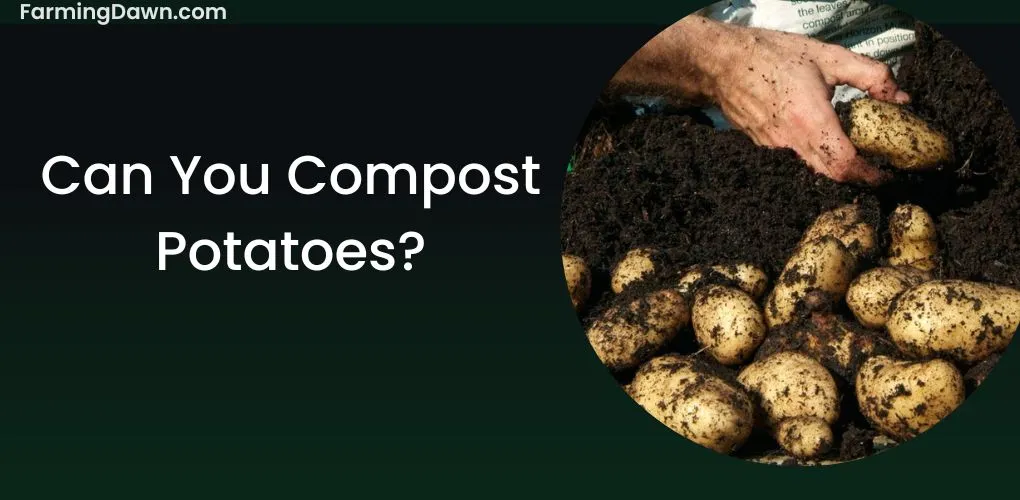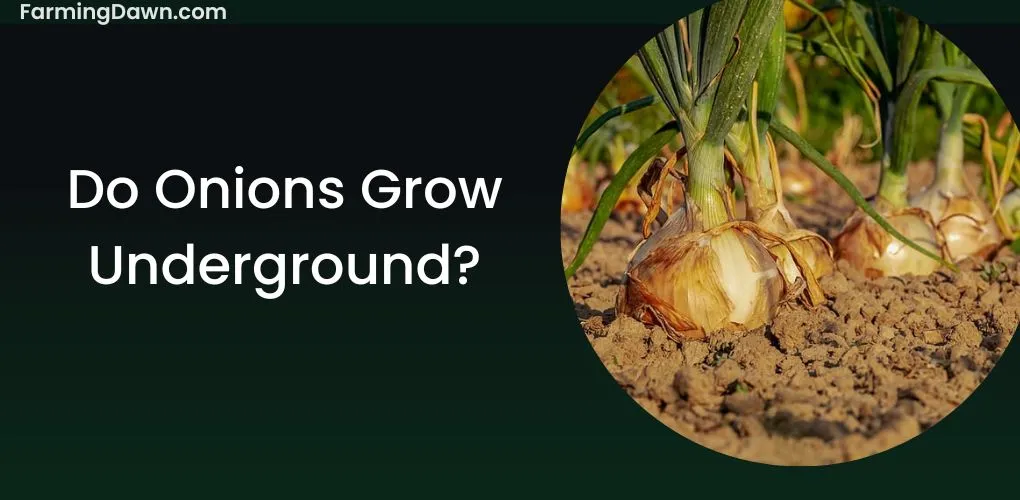Tropic Giant Cabbage is a must-have for any gardener looking to add some variety to their vegetable patch because it is renowned for its huge size and mouthwatering flavor.
This giant cabbage will be the focus of a closer examination in my article, covering its history, growth patterns, and growing suggestions.
In addition, I have also explained the cultivation and maintenance of similar cabbages like Emiko cabbage and Katarina Cabbage.
To learn everything there is to know about these cabbages, whether you are an experienced gardener or are just getting started, read on because they will surely liven up your garden!
Tropic Giant Cabbage: Introduction and Explanation
The Tropic Giant Cabbage is a variety of cabbage known for its large size and ability to grow well in warm climates. It is frequently employed in gardening and is a well-liked option for backyard and community gardens.
Typically sown in the spring or early summer, cabbage needs regular fertilization and watering to grow as best it can. It’s also crucial to safeguard the cabbage from pests and diseases, which can be achieved by using organic practices or applying pesticides to the plants.
Despite being a hardy plant that can be grown in various soil conditions, the Tropic Giant Cabbage prefers well-drained soil rich in organic matter. It is an excellent choice for anyone trying to add a distinctive and delectable element to their garden.
Characteristics of Tropic Giant Cabbage
The exotic and stunning tropical giant cabbage, also known as Brassica oleracea var. acephala, is prized for its size and flavor. This plant is a member of the brassica family, which also includes broccoli and cauliflower, and is distinguished by its large, two-foot-diameter, thick, and green leaves.
Tropical gigantic cabbage’s size is one of its most distinctive features. These plants have a maximum height of 6 feet and may produce heads weighing up to 40 pounds. They are a fantastic option for those wishing to cultivate a lot of cabbage in a bit of space.
Tropical gigantic cabbage flavor is another distinguishing feature. These cabbages are renowned for their fragile and delicate texture and for tasting slightly sweeter than ordinary cabbages.
Because of this, they make a fantastic addition to salads and sandwiches. They may also be prepared and consumed as a side dish.
It’s crucial to pick a site with well-drained soil and full sunlight if you want to cultivate giant tropical cabbages. To guarantee that they acquire the proper nutrients for healthy growth, they must also be fertilized and regularly watered.
Tropical gigantic cabbages are unusual and delectable vegetables renowned for their size, excellent flavor, and high nutritional value. They are an excellent option for anyone wishing to grow a lot of cabbage in a bit of space and make a lovely addition to any garden.
Planting and Growing Tropic Giant Cabbage
If you’re interested in planting and growing your Tropic Giant Cabbage, read on to learn how!
You must first select a place to plant your cabbage. Tropic Giant Cabbage prefers a spot that receives full sun to partial shade. The soil should be washed well and abundant in organic substances.
Before planting, you may want to amend your soil with compost or well-rotted manure to ensure that your cabbage has the nutrients it needs to grow.
Next, it’s time to plant your Tropic Giant Cabbage. The ideal time to plant is spring, following the last frost. You can start your seeds indoors about 6-8 weeks before the last frost; alternatively, you might buy seeds from a local nursery.
When planting, space your seedlings or seeds about 18–24 inches apart between rows. Make sure the soil is regularly moistened but not soggy.
Harvesting and Storing Tropic Giant Cabbage
Here’s a guide on how to harvest and store tropical giant cabbage.
Harvesting
The best time to harvest tropical giant cabbage is when the lobes are fully formed and firm. This usually takes around 60-90 days after transplanting seedlings. Carefully cut the heads off the stem, leaving a little stem segment joined to the head. Be sure to use a sharp knife or pruning shears to prevent damaging the head.
Storing
Once the heads are harvested, they must be appropriately conserved to preserve their freshness. Here are a few tips on how to store tropical giant cabbage:
Keep the heads cool
Tropical giant cabbage should be stored in a cool and dry place, ideally between 32 and 40 degrees Fahrenheit. A refrigerator set to a low temperature works well for this.
Keep them dry
Moisture can lead to the heads rotting, so store them somewhere dry. Before storing, pat the heads dry with a clean cloth if they are just a little damp.
Avoid washing the heads before storing them because the moisture may cause them to deteriorate. If they are dirty, use a dry towel to take care of any dirt.
Keeping them apart
Avoid keeping the heads close to producing that releases ethylene gas, such as apples, tomatoes, or bananas. The heads may ripen and deteriorate more quickly due to this gas.
Use them quickly
Tropical giant cabbage has a shorter shelf life than other types of cabbage, so it’s best to use them within a few weeks of harvesting.
By following these tips, you can ensure that your tropical giant cabbage stays fresh and crisp for as long as possible. Enjoy your harvest in salads, stir fry, soups, and many more delicious dishes.
Pest and Disease Control for Tropic Giant Cabbage
Tropic Giant Cabbage is subject to pests and illnesses that can limit its growth and productivity, much like all other plants. We will go over some typical pests and illnesses that farmers of Tropic Giant Cabbage should be aware of, as well as how to control them, in this post.
Aphids
These tiny insects can be seen on the plant’s leaves and stem. They wilt the leaves and discolor them by sucking the plant’s sap. You can use insecticidal soap or a water and dish soap mix to eliminate aphids.
Cutworms
These worms are found at the plant’s base, where they pierce the stem and cause the plant to die. Around the plant’s base, you can use a mixture of dirt and diatomaceous earth to control cutworms.
Whiteflies
The underside of the leaves is where you can find these little white insects. They wilt the leaves and discolor them by sucking the plant’s sap. You can use a sticky trap or a water and dish soap combination to get rid of whiteflies.
Disease
Downey mildew, clubroot and black rot are some of the diseases of the cabbages. Let’s explore them one by one:
Downy Mildew
This illness is brought on by a fungus that develops on the leaves and makes them wilt and turn yellow. You can use a fungicide or remove the affected leaves to control downy mildew.
Clubroot
Clubroot affects the plant’s roots, causing them to wilt and become stunted. You can rotate your crops or use a fungicide to control clubroot.
Black Rot
This disease results from an infection of the leaves by a bacteria that turns them black and eventually kills them. You can remove affected leaves or use a copper-based fungicide to control black rot.
It’s crucial to perform appropriate crop rotation, keep the garden tidy and clear of trash, and manage pests and diseases in addition to those.
Aside from keeping the plants healthy and lowering their vulnerability to pests and illnesses, making sure they receive enough sunlight, water, and nutrients will assist.
Katarina Cabbage
A touch of elegance can be added to any garden with the help of the unique and lovely Katarina cabbage variety. This cabbage is an excellent option for culinary and ornamental gardening because of its gorgeous, deep purple leaves that are frilly and ruffled.

Planting and Growing
Katarina cabbage is a hardy, easy-to-grow vegetable that is tolerant to heat and cold. It is a cool-season crop that may also be sown in the summer for a fall harvest but is best sown in the fall or early spring.
The plants can be placed about 18 inches apart and grow to reach around 18 inches tall and wide. They favor a location in direct sunlight and soil that drains well and is rich in organic materials.
Pest maintenance
Katarina cabbage is a reasonably low-maintenance plant in terms of care and upkeep. Maintaining the soil moist and nutrient-rich requires routine fertilization and watering.
It’s crucial to keep an eye out for pests and illnesses that can harm the plants and to take care of any problems as soon as they appear.
Being aware of the delicate leaves of Katarina cabbage, which are readily harmed by strong winds or rain, is important when gardening this cabbage. By giving the leaves some sort of support or by placing them in a sheltered spot, you can protect them.
Harvesting and storing
Katarina cabbage is ready to be harvested when the heads are fully formed and firm. Simply cut the plant’s heads off, but a few inches of the stem should remain attached. For several weeks, the heads will keep nicely in the refrigerator.
Katarina cabbage is a beautiful addition to any garden and adds flavor to any recipe. By the way, Onions are also a great addition to any garden, and have you ever wondered how easy it is to grow them s a gardener? Read my other article on a complete guide to onions
It’s a fantastic option for bringing a visual appeal to salads, sandwiches, and stir-fries, thanks to its distinctive color and texture. It also functions well when fermented or pickled.
In general terms, Katarina cabbage is an adaptable and simple-to-grow vegetable that is ideal for adding a dash of class to any garden. You will adore this unique and lovely kind of cabbage, whether you plant it for its decorative value or for its flavor.
Emiko Cabbage
Emiko cabbage is known for its small, compact head and sweet, delicate flavor. It’s a great choice for home gardens because it matures quickly and can be planted in a variety of climates.

Planting and Growing
The fact that Emiko cabbage is so simple to take care of is one of its best qualities. You won’t have to spend a lot of time and effort keeping this type healthy because of its strong resistance to disease and pests.
Emiko cabbage can also be planted in the spring or fall because it is a cool-season crop. This enables you to enjoy locally farmed, fresh cabbages all year long.
Give Emiko cabbage lots of area to develop when you plant it. This variety can reach up to 12 inches in diameter, so you’ll need to space your plants at least 18 inches apart.
Maintenance
In order to prevent root rot, it’s crucial to maintain the soil moist but not soggy. I have explained the complete process of root rot, why it happens, and how to prevent it in my Mint root rot article.
Emiko cabbage is a heavy feeder, so you may want to amend your soil with compost or aged manure before planting.
Finally, Emiko cabbage is a beautiful, wholesome, and simple-to-grow addition to any vegetable garden. Its strong resistance to disease and pests makes it a great choice for beginning gardeners.
And thanks to its versatility in the kitchen, it will become a year-round mainstay in your meals. You won’t regret trying it in your garden, so do it this growing season!
Tropic Giant Cabbage: Final Thoughts
I hope that after reading this complete, you will be able to cultivate and maintain the tropical giant cabbage, Emiko cabbage, and Katarina cabbage. These cabbages are simple to grow and are ideal for adding a dash to your garden. You are sure to adore their beauty and taste once you grow them in your garden. Hope you liked this article!






